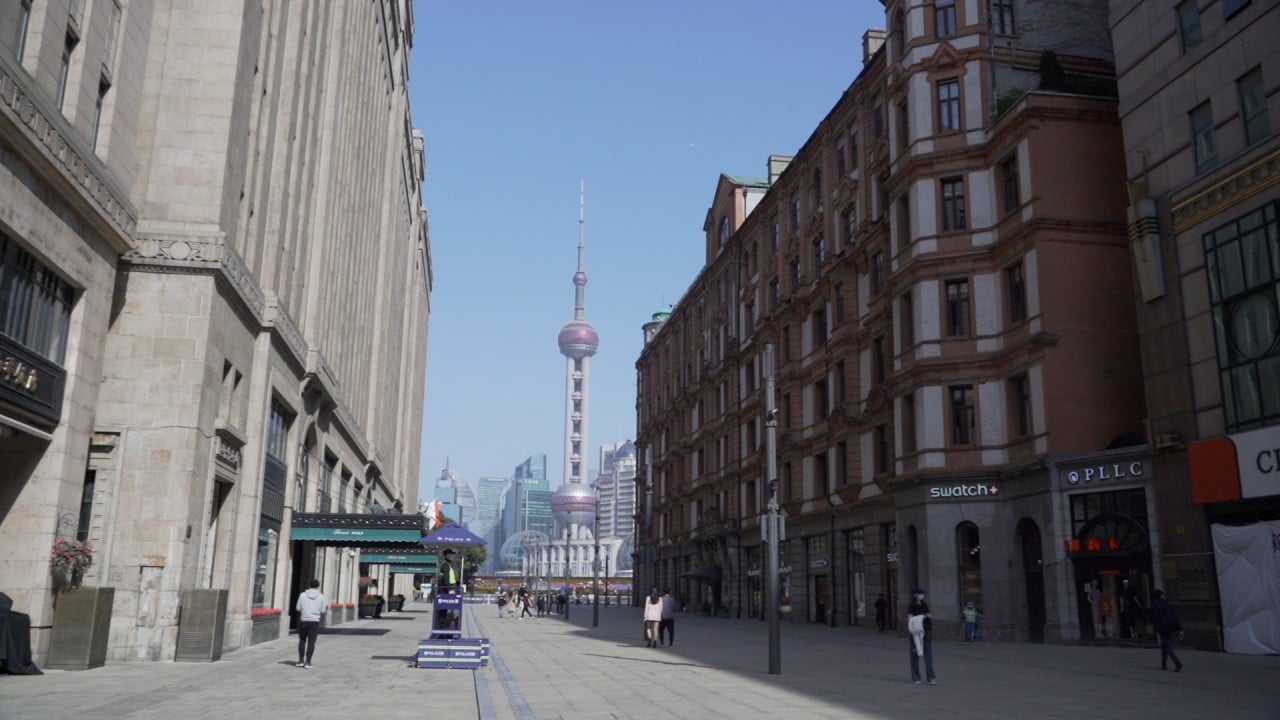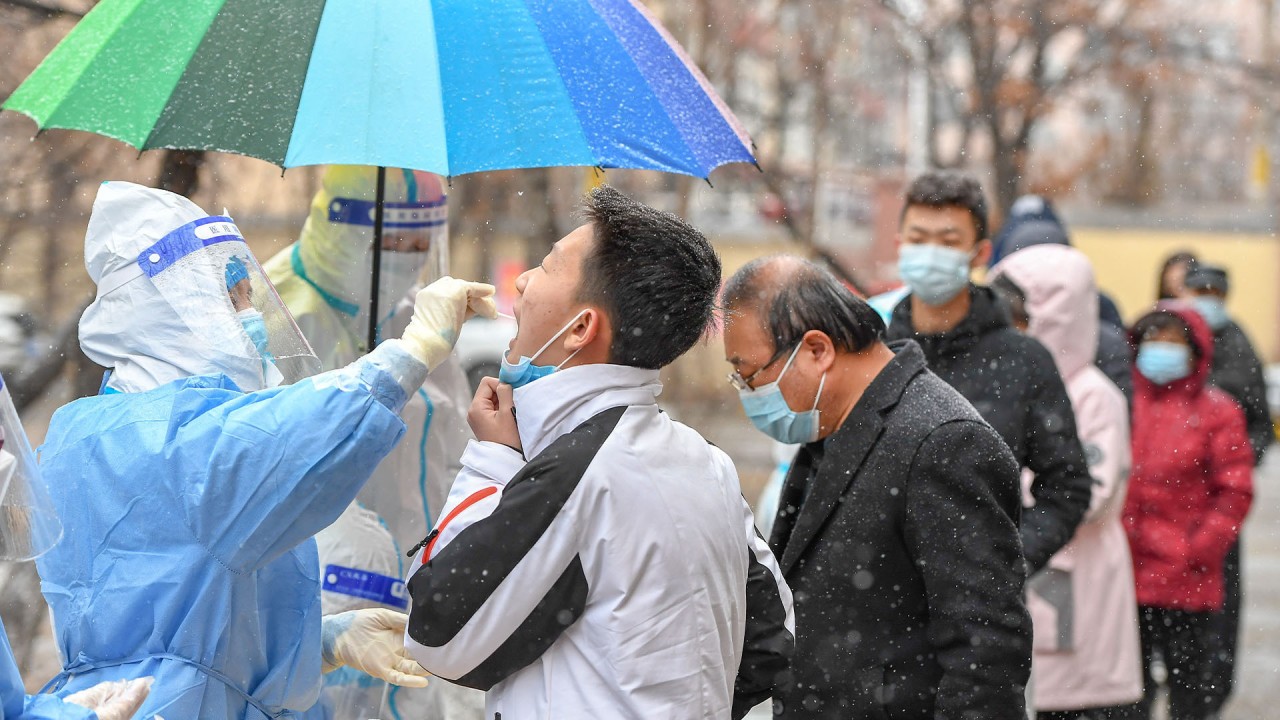
Coronavirus: China’s zero-Covid policy pushes cash-strapped local governments to the brink
- China is clinging to a zero-tolerance approach to the pandemic that relies on stringent lockdowns, mass testing and quarantine in government facilities
- But the cost of maintaining the strategy is growing and many local governments are struggling to balance debt control with strict virus prevention measures
Local governments in China are facing a growing financial burden to meet Beijing’s hardline zero-Covid strategy amid rising health care costs and efforts to control debt, analysts said.
“The outbreak is currently the biggest macroeconomic event in China,” Tianfeng Securities, a China-based investment bank, said on Thursday.
“The current situation across the country is indeed severe, we can see the pressure on medical care and finances from the existing model. Globally, pandemic control policies are being adjusted, and the possibility of adjustment in China is also increasing.”
Shanghai, China’s international financial hub and logistics centre, has so far resisted a complete lockdown, urging its residents to work from home.
But some local governments have imposed strict containment measures, which analysts say may not be as effective in combating the highly transmissible Omicron strain. What’s more, mass testing is adding another financial burden to strained regional finances.
Most new infections are in the northeastern province of Jilin. Its capital Changchun, which has a population of 9 million people, has been in lockdown since the end of last week.
China has clung to a zero-tolerance approach to the virus that relies on stringent lockdowns, mass testing and quarantine in government facilities.
However, the cost of maintaining the strategy is growing. In 2020, the central government dedicated funds to help local governments battle the pandemic, but local authorities have had to rely on their own revenue since last year.
Suzhou, a city west of Shanghai, said last month it had already spent 120 million yuan (US$18.8 million) fighting an outbreak that began on February 13. The funds were spent on protective equipment, nucleic acid testing, infrastructure and medical care.
“China’s mass testing approach requires the use of nucleic acid tests that require labs to process samples, but Omicron’s rapid spread means that the approach is hitting its limits,” said Moody’s Analytics on Wednesday.
“We expect more downsides to the Chinese economy to materialise in the first quarter, with the economic pain possibly stretching to the early parts of the second quarter should the lockdowns continue if the Omicron spread proves to be more than a flash in the pan.”
Jiang Fei, chief macro analyst with Great Wall Securities, estimated the cost of mass nucleic acid testing was somewhere between 24 to 48 yuan per person in China.
That is a huge burden for many local governments with populations of more than 1 million who would typically spend less than 200 yuan a year on health care for each resident, according to 2020 data released by the Chinese government.
Cities like Yinchuan, the capital of one of China’s poorest provinces Ningxia, spent as little as 30 yuan per resident each year on public health care.
“Nearly 70 per cent of cities with per capita medical expenditures of less than 1,500 yuan per person every year are concentrated in urban areas with a fiscal self-sufficiency rate of less than 50 per cent. In addition, the annual per capita medical expenditure in some cities is too low,” Jiang said in a research published last month.
As a result, the containment policies of local governments are largely driven by fiscal constraints.
The higher the government’s financial self-sufficiency the looser the prevention measures because they “have more confidence in fighting the outbreak”, Jiang said.
“Tightening of epidemic prevention policies has led to a decline in mobility, which will further limit the local economic growth rate and increase the pressure to achieve the gross domestic product growth rate target,” he said.
Governments in Shenzhen and Dongguan are cutting fees and taxes to reduce the burden on the companies affected by the pandemic. Dongguan said it would offer 1,000 yuan to each household in the areas hit by an outbreak.
Beijing has pledged to increase transfer payments to local governments up to 9.8 trillion yuan this year to help shore up their finances.
However, it has also asked regional authorities to speed up infrastructure spending. China has set the national economic growth target of “around 5.5 per cent” for 2022.
Maintaining economic growth and cutting debt will be challenging for many local governments, meaning Beijing may allow debt to grow again, analysts said.
“All in all, the broadly defined fiscal deficit is arranged to grow faster than revenue in 2022, clearly pointing to bigger fiscal stimulus to ensure a steady economic growth rate. This means that public debt will continue to pile up quickly in 2022,” Natixis said in a note on Tuesday.



